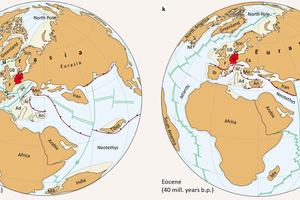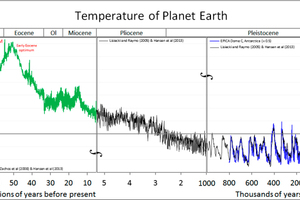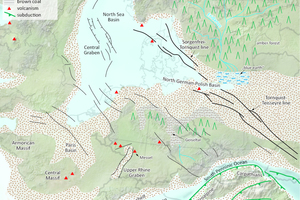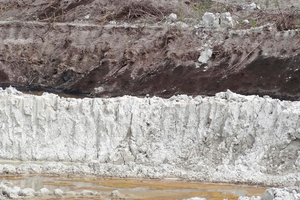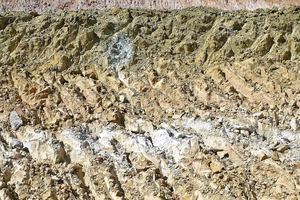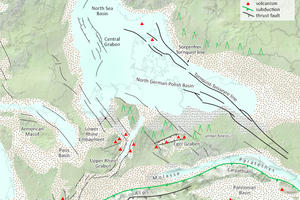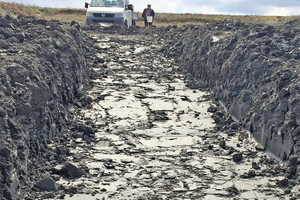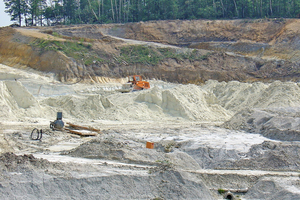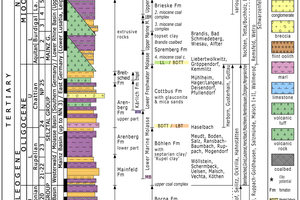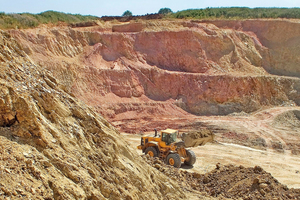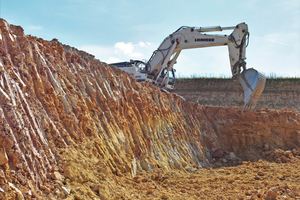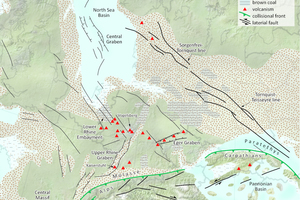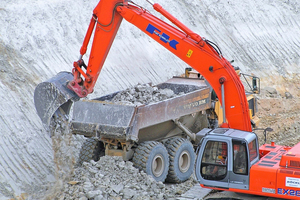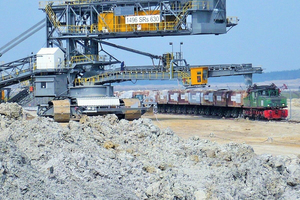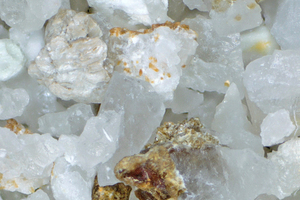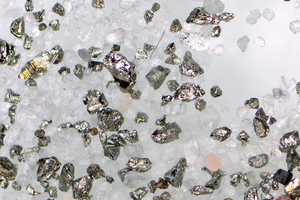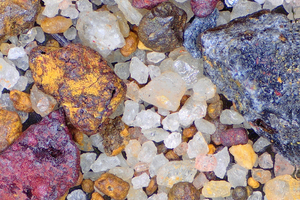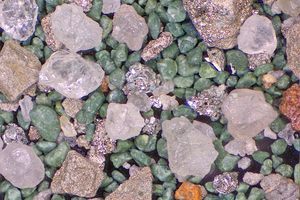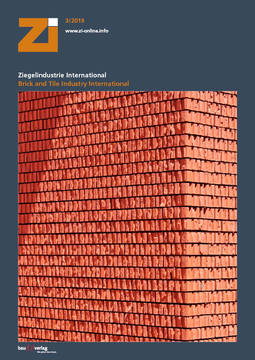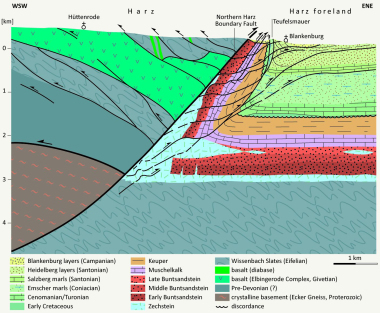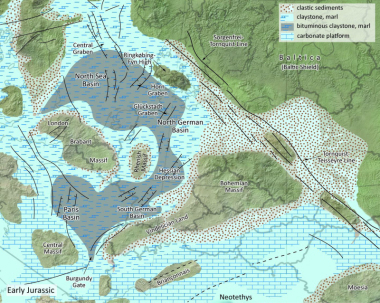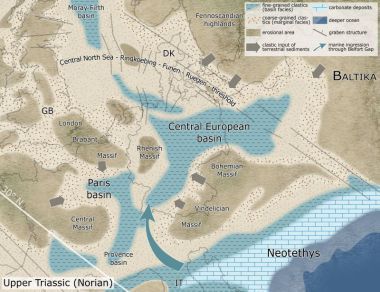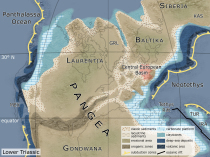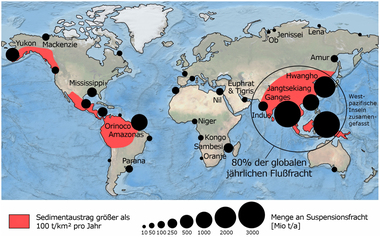Current clay potential in Germany | Part 8: Raw materials from the Palaeogene and Neogene (Tertiary) systems
In the Palaeogene and Lower Neogene, global warming culminated in an extreme greenhouse climate and deep kaolinization of the subsurface. As a result of limnic-fluviatile restratification, the most important clay deposits in geological history were formed worldwide. Whereas Continental kaolins and illitic-kaolinitic clays are becoming increasingly important, marine clay potential is tending to decrease in importance.
1 Global geology and tectonics
The Palaeogene and Neogene systems represent almost the entire Cenozoic era. They are summarized under the traditional term “Tertiary”. Tertiary sediments were described for the first time in the year 1759 [2]. These were understood to be loose or only lightly consolidated sediments at the foot of the Italian Alps. The Tertiary period began 66.0 mill. years and ended 2.588 mill. years ago. It is covered by the youngest geological system, the Quaternary ice age.
The global plate tectonic development was determined primarily by the divergence of the Atlantic and the...

